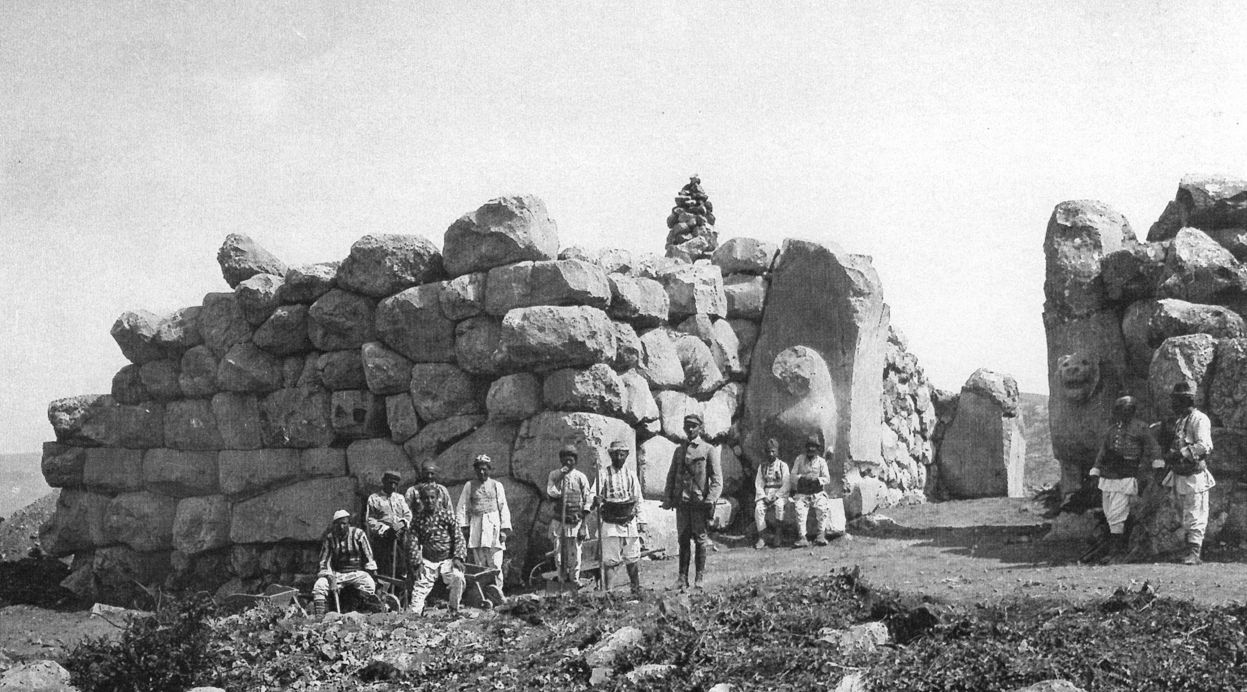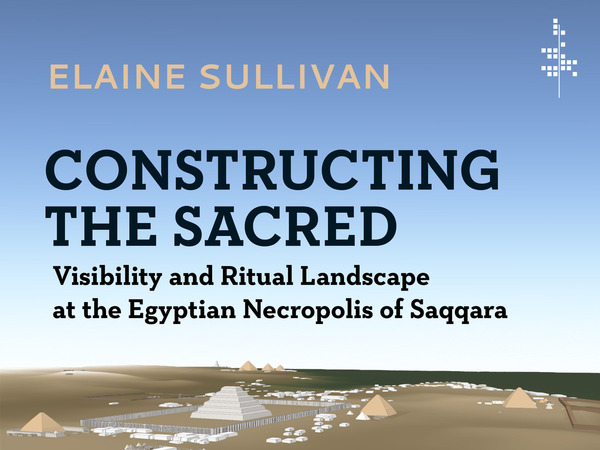Approaches to the Analysis of Production Activity at Archaeological Sites
edited by Anna K. Hodgkinson and Cecilie Lelek Tvetmarken. Paperback; 205x290mm; 206 pages; illustrated throughout in colour and black & white (58 pages in colour). 609 2020. Available both in print and Open Access. Printed ISBN 9781789695571. Epublication ISBN 9781789695588.
Approaches to the Analysis of Production Activity at Archaeological Sites presents the proceedings of an international and interdisciplinary workshop held in Berlin in 2018, which brought together scholars whose work focusses on manufacturing activities identified at archaeological sites. The various approaches presented here include new excavation techniques, ethnographic research, archaeometric approaches, GIS and experimental archaeology as well as theoretical issues associated with how researchers understand production in the past. These approaches are applied to research questions related to various technological and socio-economic aspects of production, including the organisation and setting of manufacturing activities, the access to and use of raw materials, firing structures and other production-related installations. The chapters discuss production activities in various domestic and institutional contexts throughout the ancient world, together with the production and use of tools and other items made of stone, bone, ceramics, glass and faience. Since manufacturing activities are encountered at archaeological sites on a regular basis, the wide range of materials and approaches presented in this volume provides a useful reference for scholars and students studying technologies and production activities in the past.
About the Editors
Anna K. Hodgkinson (PhD Liverpool 2014) has recently completed a post-doctoral research fellowship at the Excellence Cluster Topoi. Her research focusses on Late Bronze Age (LBA) Egyptian settlement archaeology, LBA glass industries and chemical analysis of LBA glass objects. She has conducted archaeological fieldwork at the LBA Egyptian sites of Amarna, Gurob and Qantir.
Cecilie Lelek Tvetmarken (PhD Liverpool 2013) has worked as a post-doctoral researcher on several projects at the German Archaeological Institute (DAI), Berlin, and is currently involved in the joint Iranian-Danish research project ‘Tracking Cultural and Environmental Change’ (Razi University, Kermanshah, and the University of Copenhagen). Her research focusses on architecture and the use of space during the Neolithic in the Near East. She has conducted archaeological fieldwork at several Neolithic sites in Turkey, Jordan and Iran.
Download (pdf)
Open Access users: by downloading this eBook you are agreeing to our standard terms and conditions available here.
Institutional subscribers: by downloading this eBook you are agreeing to abide by the subscription licence issued to The Institution. Contact your library for further details. If you encounter any issues with your download please contact info@archaeopress.com












































































































